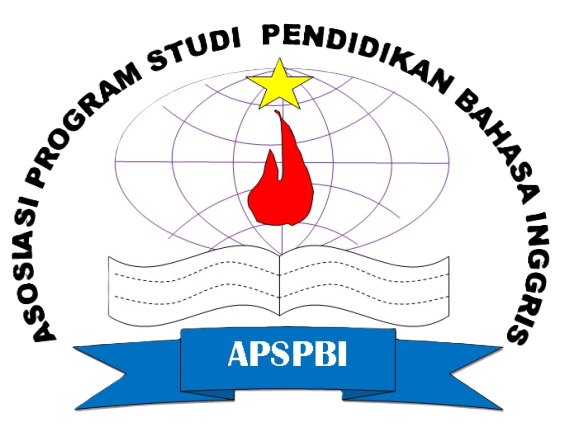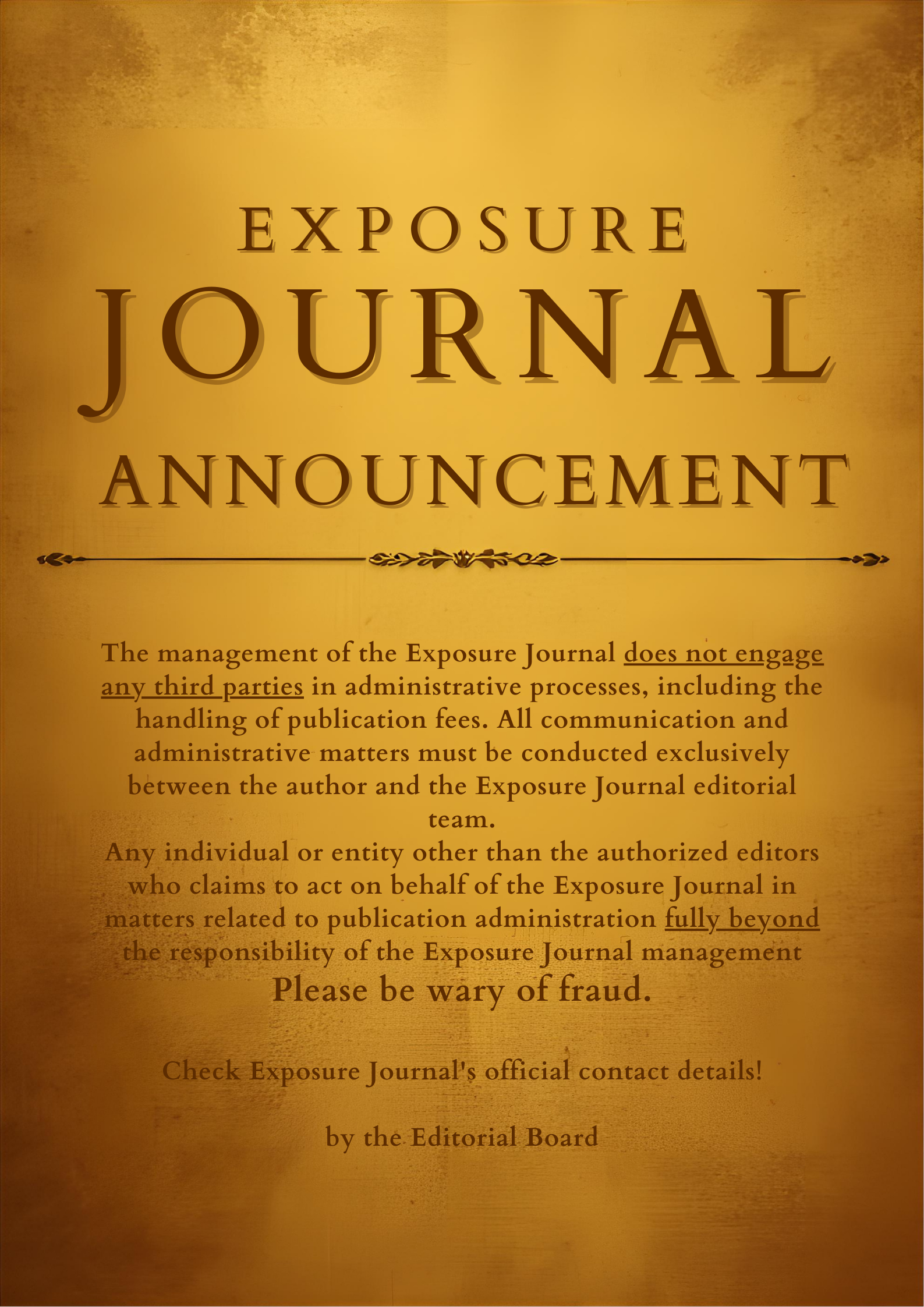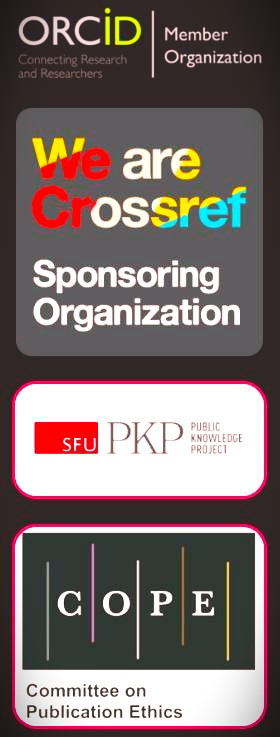TOURIST OR EXPLORER? DELVING STUDENTS’ PREDILECTION AND ANXIETY IN SEMANTICS COURSE
DOI: https://doi.org/10.26618/exposure.v13i1.12966
Students' predilection, Students anxiety, State-trait anxiety, Voluntary questionnaire, Semantics course
Abstract
Within this particular study, the designations of "Tourist" and "Explorer" are employed to denote students who approach their classroom learning experiences with either a desire for leisurely exploration (akin to that of a tourist) or a desire to delve deeper into the subject matter (more akin to that of an explorer). The semantics course delves deeply into the theory of meaning, fields of meaning, and sense, and specific topics within the course material may cause some anxiety for students. The objective of this research is to explore how anxiety affects the acquisition of knowledge in semantics courses, given that anxiety can have an adverse impact on mental well-being. This research uses a survey design, adopting Spielberger's State-Trait Anxiety Inventory (STAI) as the instrument. Forty-six individuals voluntarily completed a questionnaire regarding their learning experience. The respondents aged between 20 and 24 years old. There were 15 male individuals in the group, representing 32% of the total, while 31 female individuals comprised 67% of the group. In order to enhance the overall effectiveness of educational achievements, forthcoming studies will be taking into account supplementary factors. Through the lens of "Tourist or Explorer? Delving Students' Predilection and Anxiety in Semantics Course," this study advances our comprehension of the multifaceted nature of semantics education, inviting a more empathetic and comprehensive approach to pedagogy.References
Ahn, S. (2016). Exploring language awareness through students' engagement in language play. Language Awareness, 25, 40 - 54. https://doi.org/10.1080/09658416.2015.1122020.
Allan, K. (2001). Natural language semantics. Malden, Mass: Blackwell
Allan, K. (2020). Linguistics and communication. Intercultural Pragmatics, 17, 293 - 313. https://doi.org/10.1515/ip-2020-3002
Bailey, A. (2020). The discourse of explicitness: Mathematics explanatory talk and self-assessment by Spanish-speaking emergent bilingual students in elementary classrooms. Theory Into Practice, 59, 64 - 74. https://doi.org/10.1080/00405841.2019.1665416.
Blair, A. (2016). Academic uses of language (re)defined: A case of emergent bilinguals engaging in languages and literacies in and outside of school. Linguistics and Education, 35, 109-119. https://doi.org/10.1016/J.LINGED.2016.07.003.
Bonnici, L., Maatta, S., Klose, M., Julien, H., & Bajjaly, S. (2016). Instructional style and learner-centered approach: a cross-institutional examination of modality preference for online course delivery in a graduate professional program. Studies in Higher Education, 41, 1389 - 1407. https://doi.org/10.1080/03075079.2014.977860
Brown, J. S., & Duguid, P. (1991). Organizational learning and communities-of-practice: Toward a unified view of working, learning, and innovation. Organization science, 2(1), 40-57. https://doi.org/10.1287/orsc.2.1.40
Brougère, G. (2013). Learning the practice, learning from the practice: tourist practices and lifelong education. International Journal of Lifelong Education, 32, 106 - 93. https://doi.org/10.1080/02601370.2012.734482.
Bygate, M. (2004). Some current trends in applied linguistics: Towards a generic view. Aila Review, 17, 6-22. https://doi.org/10.1075/aila.17.04byg
Creswell, J. W. (2012). Educational reserach: planning, conducting and evaluating (4th ed.). Boston: Person
Crystal, D. (2003). English as a global language. Cambridge university press.
Coulson, S. (2006). Constructing Meaning. Metaphor and Symbol, 21, 245 – 266. https://doi.org/10.1207/s15327868ms2104_3
Fischer, G. (1996). Tourist or Explorer? Reflection in the Foreign Language Classroom. Foreign Language Annals, 29, 73-81. https://doi.org/10.1111/J.1944-9720.1996.TB00844.X.
Goddard, C., Wierzbicka, A., & Fabrega, H. (2014). Evolutionary semantics: using NSM to model stages in human cognitive evolution. Language Sciences, 42, 60-79. https://doi.org/10.1016/J.LANGSCI.2013.11.003.
López-Couso, M. (2015). Continuing the dialogue between corpus linguistics and grammaticalization theory: Three case studies. Corpus Linguistics and Linguistic Theory, 12, 29 - 7. https://doi.org/10.1515/cllt-2015-0069
Higginbotham, J. (2002). On Linguistics in Philosophy, and Philosophy in Linguistics. Linguistics and Philosophy, 25, 573-584. https://doi.org/10.1023/A:1020891111450
Mcgroarty, M. (1998). Constructive and Constructivist Challenges for Applied Linguistics. Language Learning, 48, 591-622. https://doi.org/10.1111/0023-8333.00061
Nielsen, T., & Kreiner, S. (2017). Course evaluation for the purpose of development: What can learning styles contribute?. Studies in Educational Evaluation, 54, 58-70. https://doi.org/10.1016/J.STUEDUC.2016.10.004.
Rezeki, T. I., & Sagala, R. W. (2019). Semantics analysis of slang (SAOS) in social media of millennial generation. KREDO: Jurnal Ilmiah Bahasa dan Sastra, 3(1), 36-46. https://doi.org/10.24176/kredo.v3i1.3865
Sagala, R. W., & Rezeki, T. I. (2022). The Utilization of MOOCs using Kahoot and Student Engagement in Digital Learning During Covid-19 Pandemics. SALTeL Journal (Southeast Asia Language Teaching and Learning), 5(1), 01-07. https://doi.org/10.35307/saltel.v5i01.82
Sekaran, U., & Bougie, R. (2016). Research Methods For Business: A Skill Building Approach. John Wiley & Sons.
Spielberger, C. D. (1970). Manual for the State-Trait Anxiety Inventory (self-evaluation questionnaire). (No Title).
Schwarzer, R., Van der Ploeg, H. M., & Spielberger, C. D. (1982). Test anxiety: An overview of theory and research. Advances in test anxiety research, 1, 3-9.
Spielberger, C. D. (1983). State-trait anxiety inventory for adults.
Warglien, M., & Gärdenfors, P. (2013). Semantics, conceptual spaces, and the meeting of minds. Synthese, 190, 2165-2193. https://doi.org/10.1007/s11229-011-9963-z
Downloads
Published
How to Cite
Issue
Section
License
Authors who publish with this journal agree to the following terms:
In order to assure the highest standards for published articles, a peer review policy is applied. In pursue of the compliance with academic standards, all parties involved in the publishing process (the authors, the editors and the editorial board and the reviewers) agree to meet the responsibilities stated below in accordance to the Journal publication ethics and malpractice statement.
Duties of Authors:
- The author(s) warrant that the submitted article is an original work, which has not been previously published, and that they have obtained an agreement from any co-author(s) prior to the manuscript’s submission;
- The author(s) should not submit articles describing essentially the same research to more than one journal;
- The authors(s) make certain that the manuscript meets the terms of the Manuscript Submission Guideline regarding appropriate academic citation and that no copyright infringement occurs;
- The authors(s) should inform the editors about any conflict of interests and report any errors they subsequently, discover in their manuscript.
Duties of Editors and the Editorial Board:
- The editors, together with the editorial board, are responsible for deciding upon the publication or rejection of the submitted manuscripts based only on their originality, significance, and relevance to the domains of the journal;
- The editors evaluate the manuscripts compliance with academic criteria, the domains of the journal and the guidelines;
- The editors must at all times respect the confidentiality of any information pertaining to the submitted manuscripts;
- The editors assign the review of each manuscript to two reviewers chosen according to their domains of expertise. The editors must take into account any conflict of interest reported by the authors and the reviewers.
- The editors must ensure that the comments and recommendations of the reviewers are sent to the author(s) in due time and that the manuscripts are returned to the editors, who take the final decision to publish them or not.
Authors are permitted and encouraged to post online a pre-publication manuscript (but not the Publisher’s final formatted PDF version of the Work) in institutional repositories or on their Websites prior to and during the submission process, as it can lead to productive exchanges, as well as earlier and greater citation of published work (see The Effect of Open Access). Any such posting made before acceptance and publication of the Work shall be updated upon publication to include a reference to the Publisher-assigned DOI (Digital Object Identifier) and a link to the online abstract for the final published Work in the Journal.














